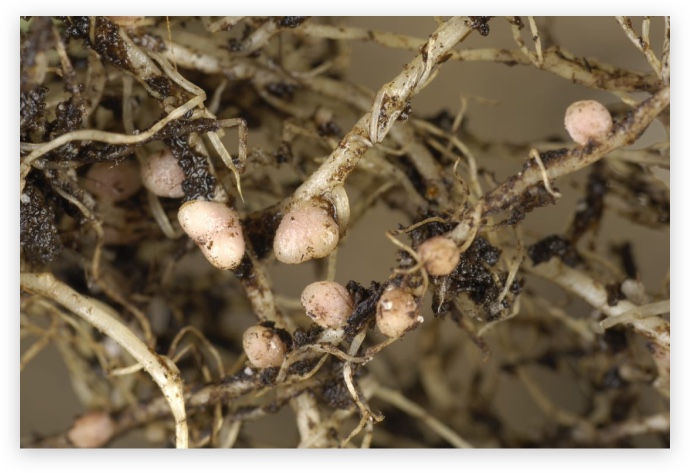Our Science
The research being undertaken by ENSA aims to achieve a transformation in how crop plants acquire nutrients, such as nitrogen and phosphorus.
ENSA's Science
The research being undertaken by the ENSA team aims to transform how crop plants acquire nutrients, such as nitrogen and phosphorus, achieving a radical shift away from the application of inorganic fertilisers to harness naturally occurring plant processes.
To achieve this, ENSA is focused on four key areas of scientific development: Nitrogen-fixation and bacterial infection, symbiosis signalling, mycorrhizal symbiosis, and nodulation.
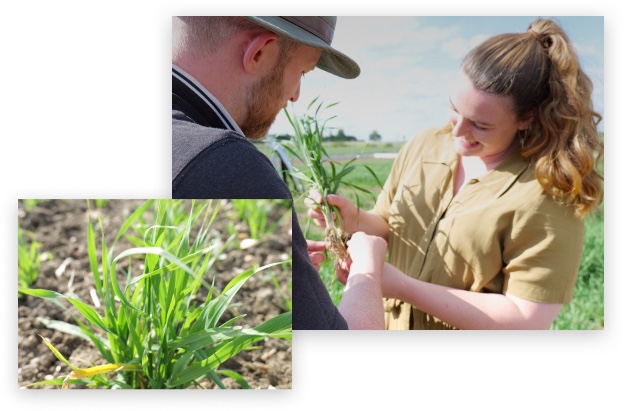
Nitrogen Fixation and Bacterial Infection
Most plants rely on natural environmental processes, that replenish bioavailable nitrogen in the soil, for nutrition and growth. Plants, such as legumes, have evolved symbiotic interactions with nitrogen-fixing soil bacteria known as rhizobia. These interactions have the potential to fuel nitrogen metabolism in plants, by fixing gaseous nitrogen from the atmosphere, while consuming carbon supplied by the plants.
The ENSA team has focused its research in this area on transferring the beneficial association between nitrogen-fixing bacteria and legumes, to cereals and other crop plants. Engineering biological nitrogen fixation into species that currently do not have this ability, has the potential to make an important impact on the metabolism of these plant species and may sustainably enhance production for small-holder farmers.
Coordination of genetic and morphological responses by plants across time and space, is essential for intracellular bacterial infection, efficient nitrogen-fixation and metabolite exchange. ENSA is analysing the genetic mechanisms that allow intracellular bacterial infection of legume cells, to guide the engineering of this process in cereals, including the components specific to nitrogen-fixing symbiosis.
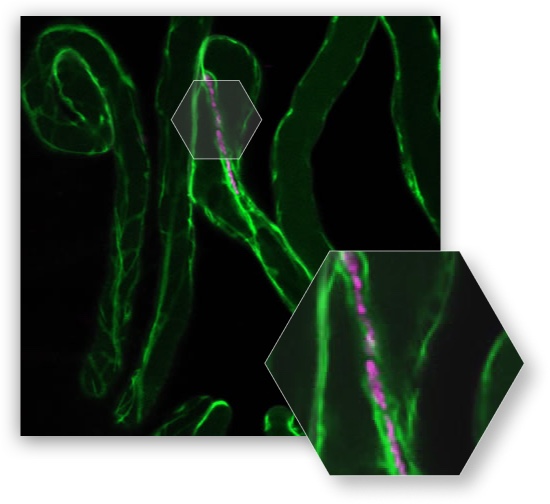
Experts in this area
Stig Uggerhøj Andersen
Professor
Aarhus University
Profile
Pierre-Marc Delaux
Project leader
LRSV-CNRS (University of Toulouse, France)
Profile
Paul Fraser
Professor of Biochemistry
Royal Holloway University of London
Profile
Megan Matthews
Assistant Professor
University of Illinois
Profile
Thomas Ott
Professor
University of Freiburg
Profile
Phillip Poole
Project leader
University of Oxford
Profile
Sebastian Schornack
Research Professor
University of Cambridge, Sainsbury Laboratory (SLCU)
Profile
Symbiosis Signalling
ENSA’s research into symbiotic signalling has focused on characterising the function of the components of the symbiosis signalling pathway in maize, barley and legumes. Key to the establishment of the symbiosis association is the specific perception of signalling molecules. Receptors activate the signalling pathway through recognition of chitooligosaccharides (COs) and lipochitooligosaccharides (LCOs). Research in ENSA identified motifs in LysM receptors that are important for distinct recognition of CO versus LCO enabling symbiosis signalling.
The ENSA team has made significant advances in its understanding of the signalling pathways in cereals through detailed genetic dissection in maize and barley. ENSA has also demonstrated how the symbiosis signalling pathway is necessary to drive diverse bacterial communities and is essential for the prevalence of bacteria known to be beneficial.
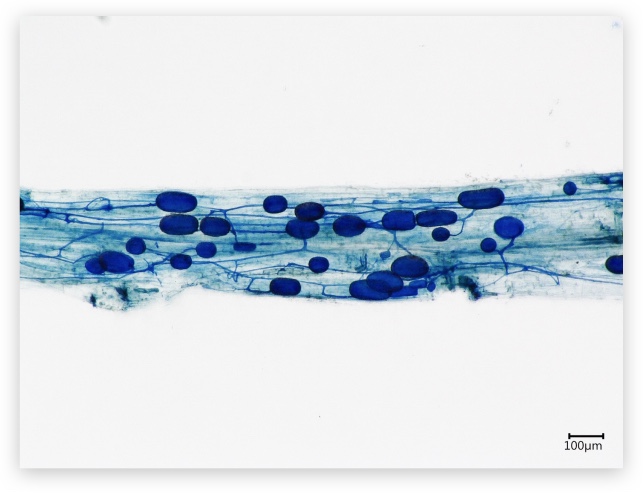
Experts in this area
Mycorrhizal Symbiosis
To enable crops to utilize the full potential of the fixed nitrogen, ENSA scientists also need to address the ability of these crops to access phosphorus. The team aim to achieve this using the additional beneficial association with mycorrhizal fungi, which already exists in cereal crops.
Recent discoveries in ENSA have demonstrated that we can optimise the symbiotic association between crops and mycorrhizal fungi to maximise their utility in agriculture. This fungal association is particularly important in the acquisition of phosphate, but also facilitates the uptake of nitrates and water. Benefits generated from the mycorrhizal association can be additive with bacterial nitrogen fixation and can include protection from some pathogens.
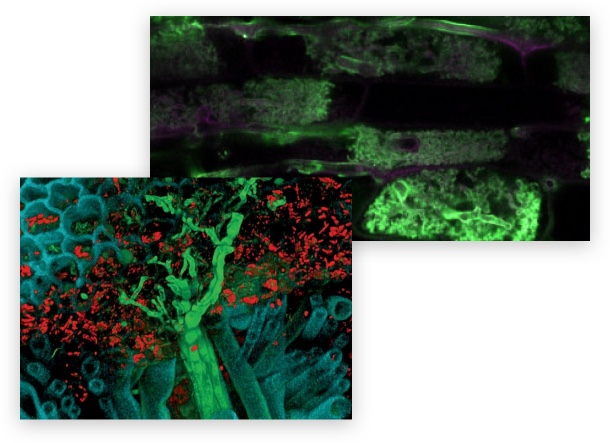
Experts in this area
Uta Paszkowski
Professor and Administrative Director
Cambridge University, Crop Science Centre
Profile
Ruairidh Sawers
Associate Professor
Penn State University
Profile
Sebastian Schornack
Research Professor
University of Cambridge, Sainsbury Laboratory (SLCU)
Profile
Emma Wallington
Head of Crop Transformation Programme
Niab
Profile
Nodulation
Nodules harbour rhizobia bacterial infection and create the conditions needed for some plants to fix their own nitrogen. Previous research indicates that the inability of some species of plants to form nodules is due to the loss of a small set of genes. One of the most important gene of this set is NODULE INCEPTION; it connects symbiosis signals at the surface of the plant root to the root core, as well as coordinating nodule creation and regulating the functions needed for the establishment of nitrogen-fixation.
Plant species that have lost these genes should be amenable for repair of nitrogen-fixation. This would be a valuable stepping-stone for engineering nitrogen-fixation across all angiosperms, including legumes, cereals and other crops.
Currently the likelihood that a legume plant will form a nodule is closely linked to the amount of nitrogen in the soil. When there are high levels of nitrogen nodule formation is supressed. Importantly, ENSA research may also result in legume crops that no longer show suppression of nodulation due to the presence of nitrogen. Such legume crops could then be augmented with added nitrogen without losing biological nitrogen fixation. This would make legumes more effective at enhancing soil nitrogen fertility, by maximising biological nitrogen fixation, independent of the levels of nitrogen already present.
